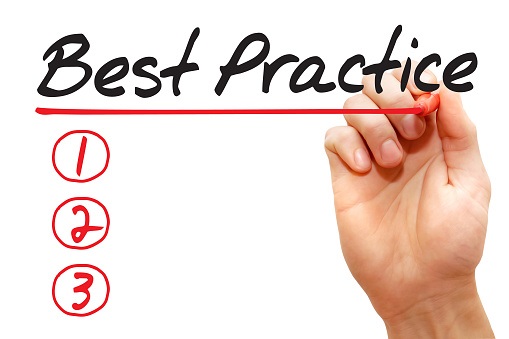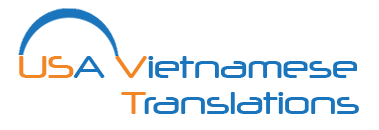This “English – Vietnamese translation best practices” is developed using our years of experience working with the best translators in many fields. As part of our internal Quality Assurance protocol, a good translation piece must meet all of the following requirements: Linguistically and culturally responsive, has authority and accuracy, consistent, and put ourselves in the shoes of the author.

-
Linguistically and culturally responsive
When it comes to English – Vietnamese translation, it can be tricky to achieve this.
Linguistically, the distance between Vietnamese and English (and other western languages) is as far as it could be. It has no commonality in terms of word root, it is grammatically different, and it is significantly more tonal-heavy.
Culturally, Vietnamese puts a heavy emphasis on respecting the elders and figures of authority, and so it has many ways to say “you”. It depends on whether the addressee is a male or female, older or younger than the addresser, older or younger than the addresser’s parents, or whether they are relatives.
To overcome these, for the translator, being native in Vietnamese both linguistically and culturally, is a must. In the Denver, and in the U.S. as a whole, most of our clients require a “formal you”. We use “quý vị” in most of our jobs, unless it is very gender/age specific.
-
Translate with authority and accuracy
Nobody can be an expert in everything. It is especially true in technical English – Vietnamese translation. Technical translation into Vietnamese can be a daunting task for most people. Our translators have to go through A LOT of training, and field-specific, experienced translators spent weeks mentoring them before they can even try to work on very short projects.
Challenges include: a concept in English that is not readily localized, and many times there are no “agreed-upon” or “official” localized terms; Several similar English words listed might only have one same way to call in Vietnamese; or The English sentence structure does not have its equivalent in Vietnamese.
To achieve accuracy and authority, besides having a great understanding of the English language and a great command of the Vietnamese language, we also need to overcome those challenges. Research skill plays an important role in the project’s success. If we are running into a concept in English that is not readily localized, TRIPLE check if it is REALLY NOT already localized somewhere. 90% of the time it is at least loosely translated somewhere (a technical dictionary, for instance). Our best practice is to use it as a reference only or a good place to start.
-
Consistency is Key
Before the era of CAT tools, this was the most violated criterion of a good job, due to the lack of an agreed-upon term base. To us, it pays off to invest in a “English – Vietnamese translation’s field specific resources bank” (Check out our growing Education Term Base and Healthcare Term Base).
All CAT tools (like SDL Trados Studio, MemoQ, Memsource, Smartling, SmartCat, and a dozen others) has term base features and almost all of them allow us to “concordance search”. I always tell my Vietnamese translators to “use Concordance Search more than you think you need”.
-
Put yourself in the author’s shoes
Last but not least, what makes the difference between a good translation and a great translation is whether or not the translator put himself in the shoe of the author. This generally means the best Vietnamese translator should not just “translate” the piece, but “write” it as if he were the author, while conveying all necessary meanings and connotation. This clearly is not an easy task, and that is why to us English – Vietnamese translation is truly an art. It also separates a great Vietnamese translator from the rest of the heap.
Also check out our Editing and Proofreading Best Practices
